What to look for when buying a guitar
Tips on how to get the right instrument
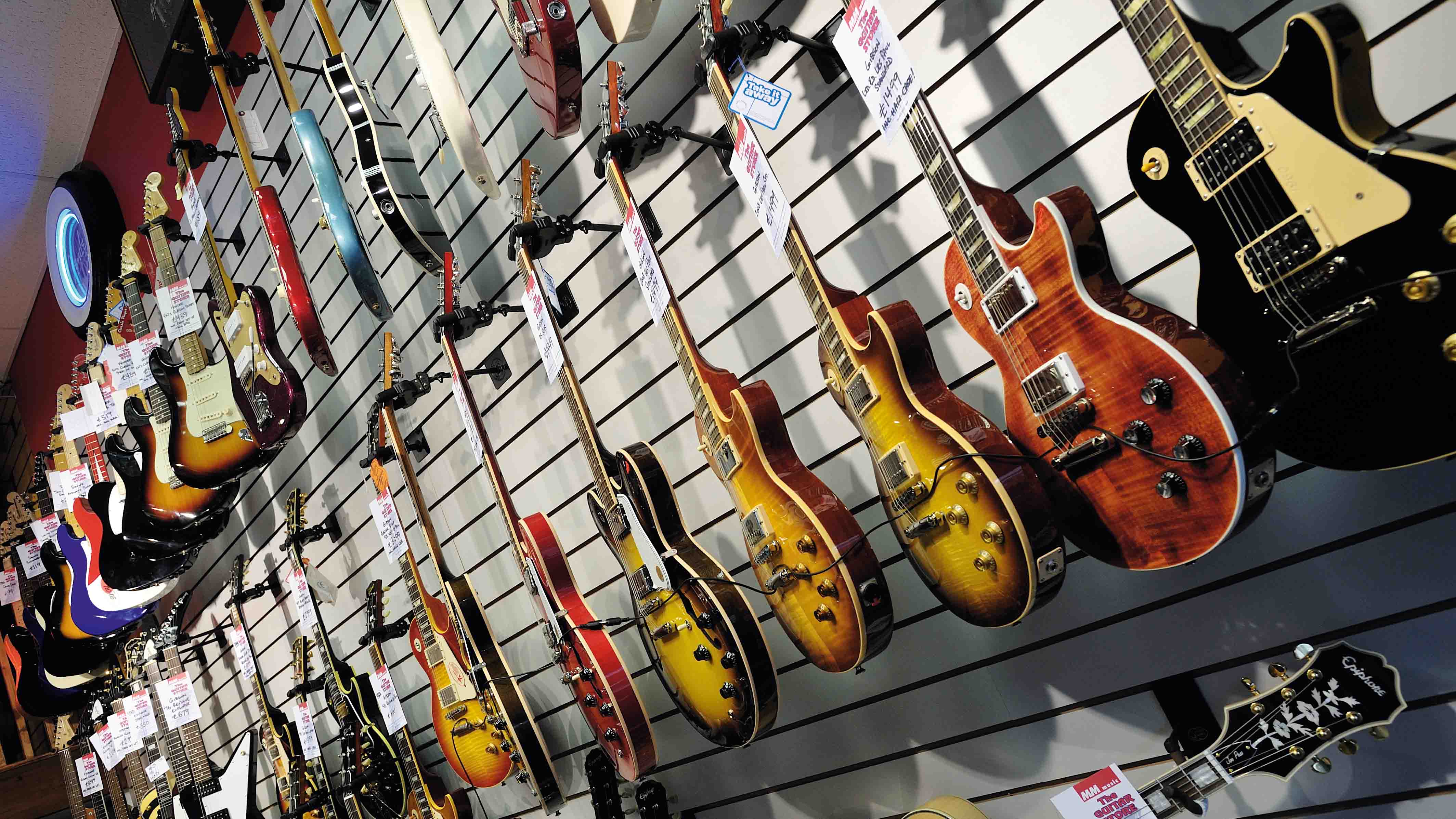
Introduction
The old expression ‘you buy with your eyes’ is never truer than in that moment when you’re handed a gleaming new guitar in a music shop.
Be smart, though, and don’t rush into anything. Even if you have your heart set on a particular make and model of guitar, try a couple of different examples in your price range, which will help you confirm that you’ve made the right choice. eBay is littered with dream guitars that people soon got bored with. Really think about what you want. Impulse buys can haemorrhage money when you try to move them on.
Here are some more tips…

1. Always plug in
Unless you’re getting your guitar by mail order or via eBay, never buy one without plugging it in first. That’s guitar buying 101. You need to know that everything works as it should.
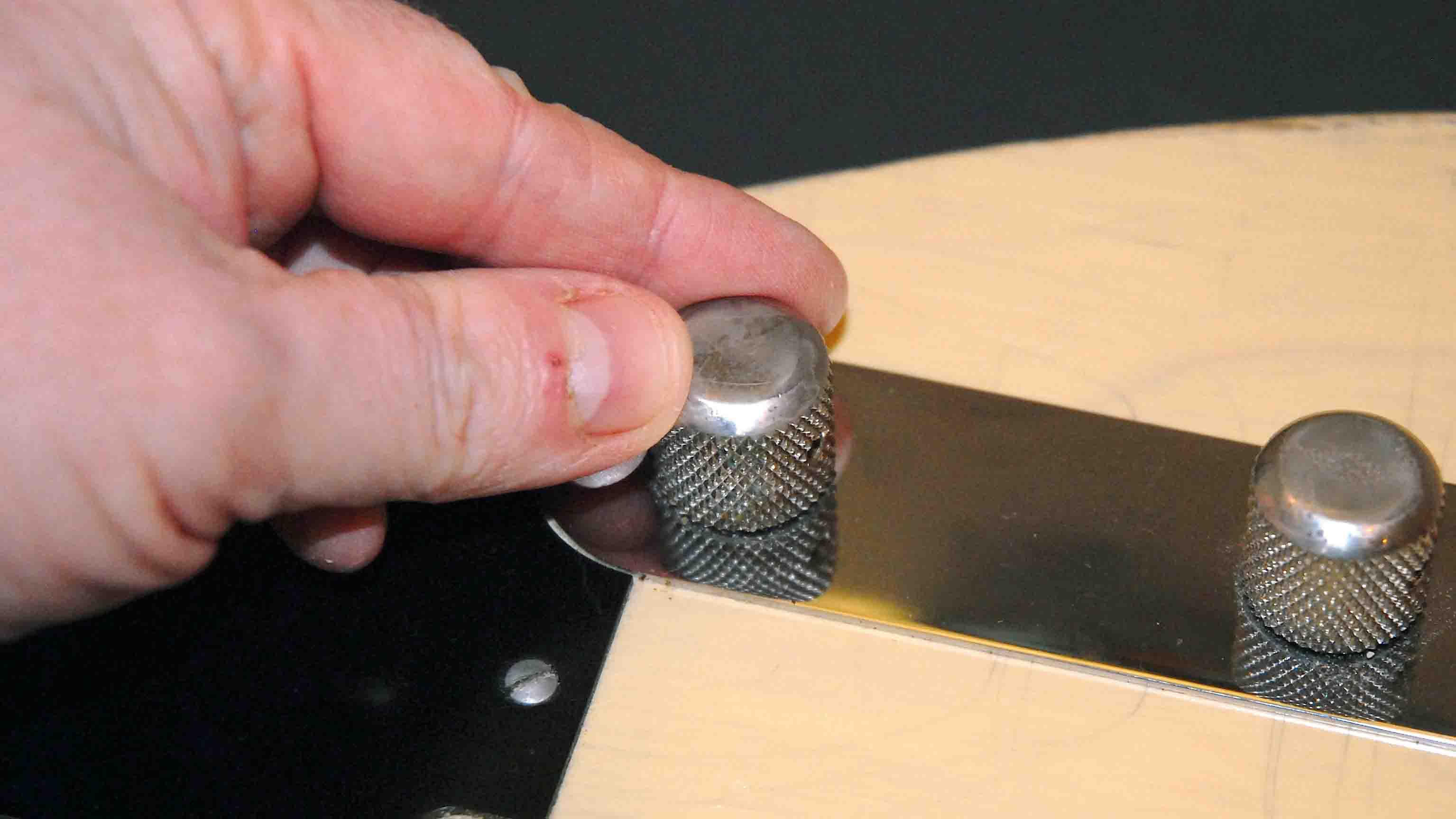
2. Check controls and switches
Run the guitar through the clean channel of an amp. Test each control and the pickup selector switch. If they sound scratchy, let the salesperson know. The controls probably just need cleaning.
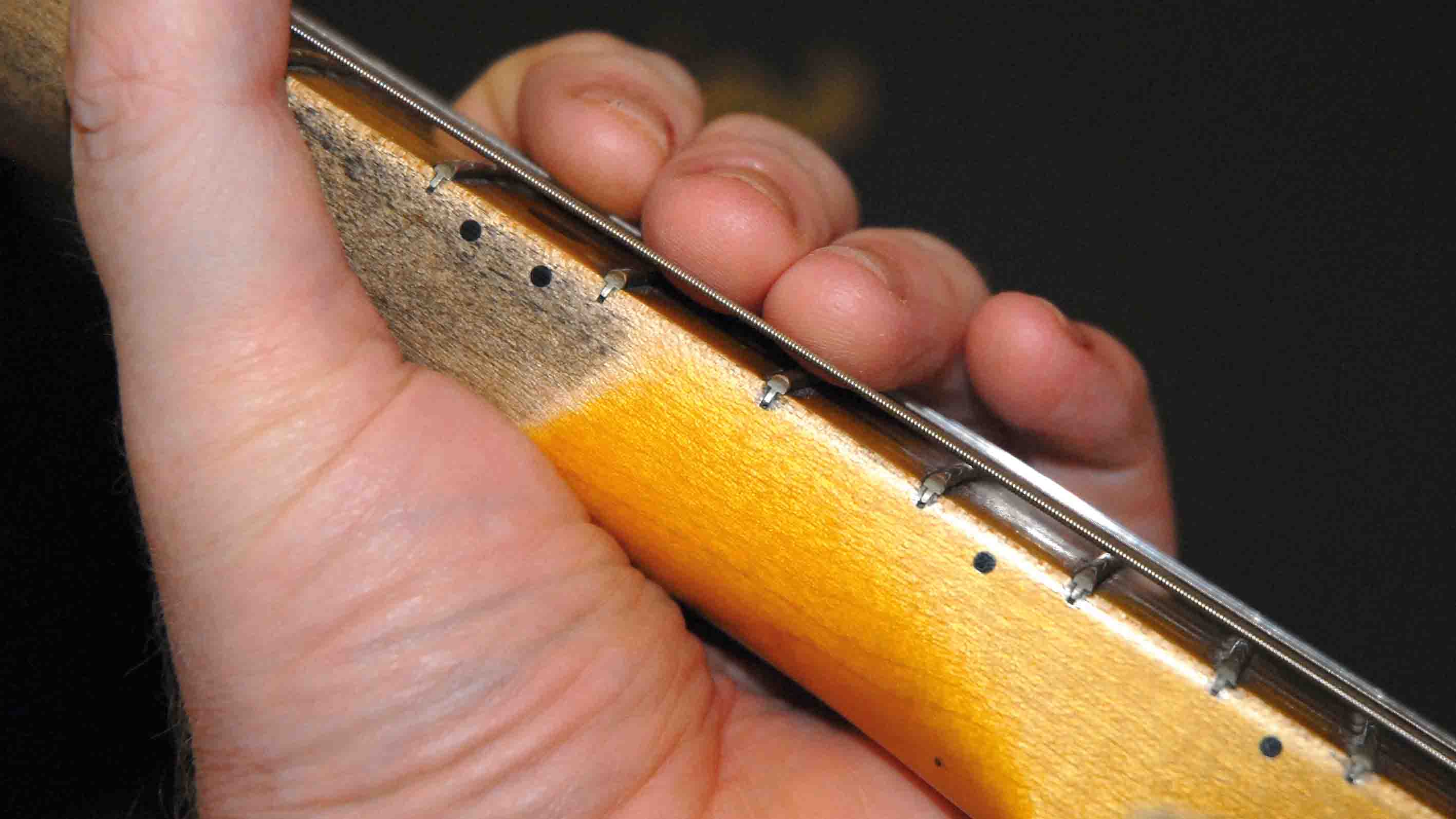
3. And… action!
Pay attention to the guitar’s action (string height). It should be set at a height that’s comfortable to play without any fret buzz. If the action isn’t right for you, ask if it can be adjusted.
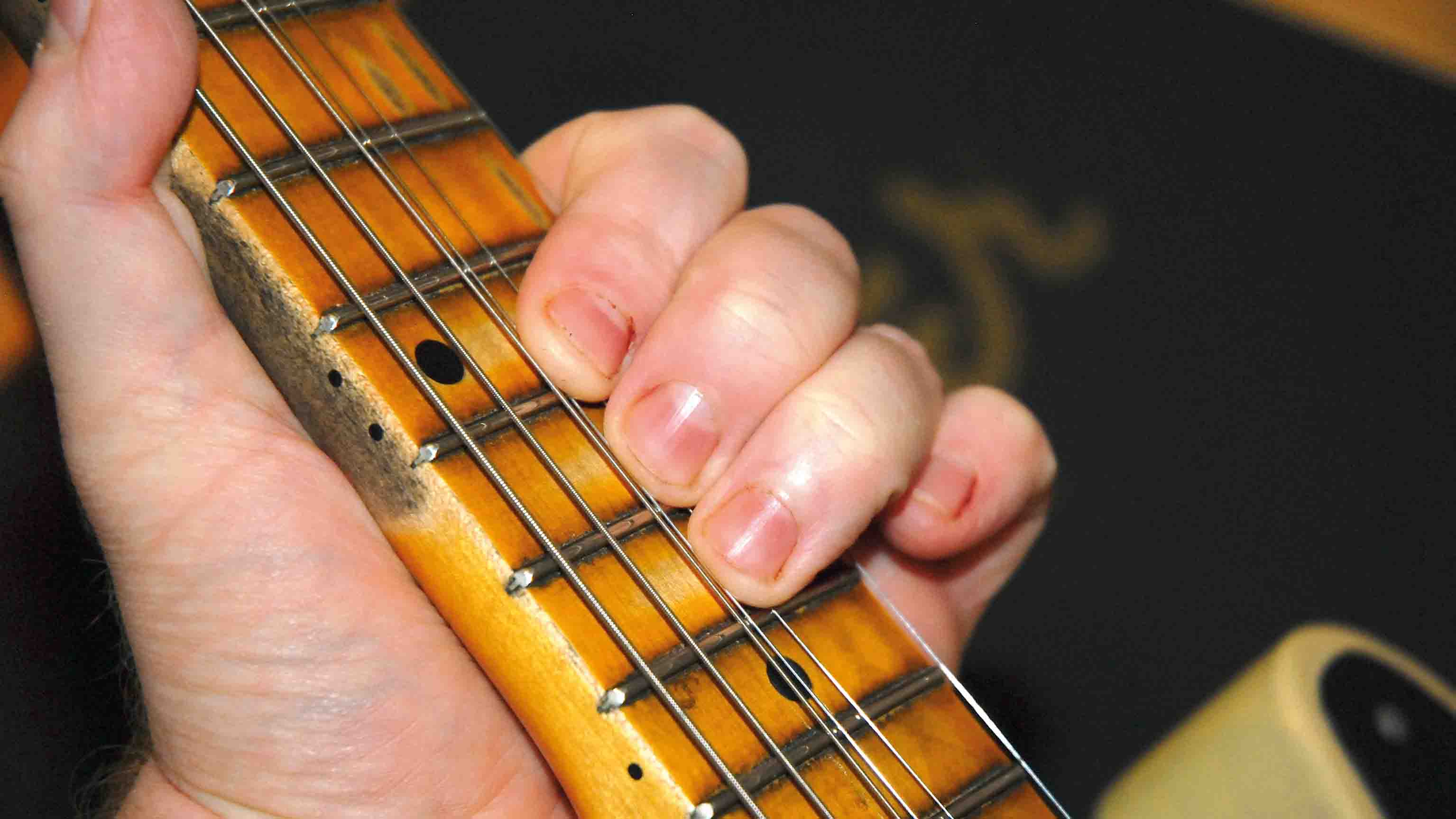
4. Test the setup
Check for fret buzz and choking strings by playing (and bending where possible) all over the fingerboard. Always use the clean channel on the amp for this – a dirty sound can mask any problems.

5. Try another one
If the music shop has more than one example of the guitar you’re interested in buying, then try them all. It’s amazing how different two seemingly identical guitars can feel or sound.
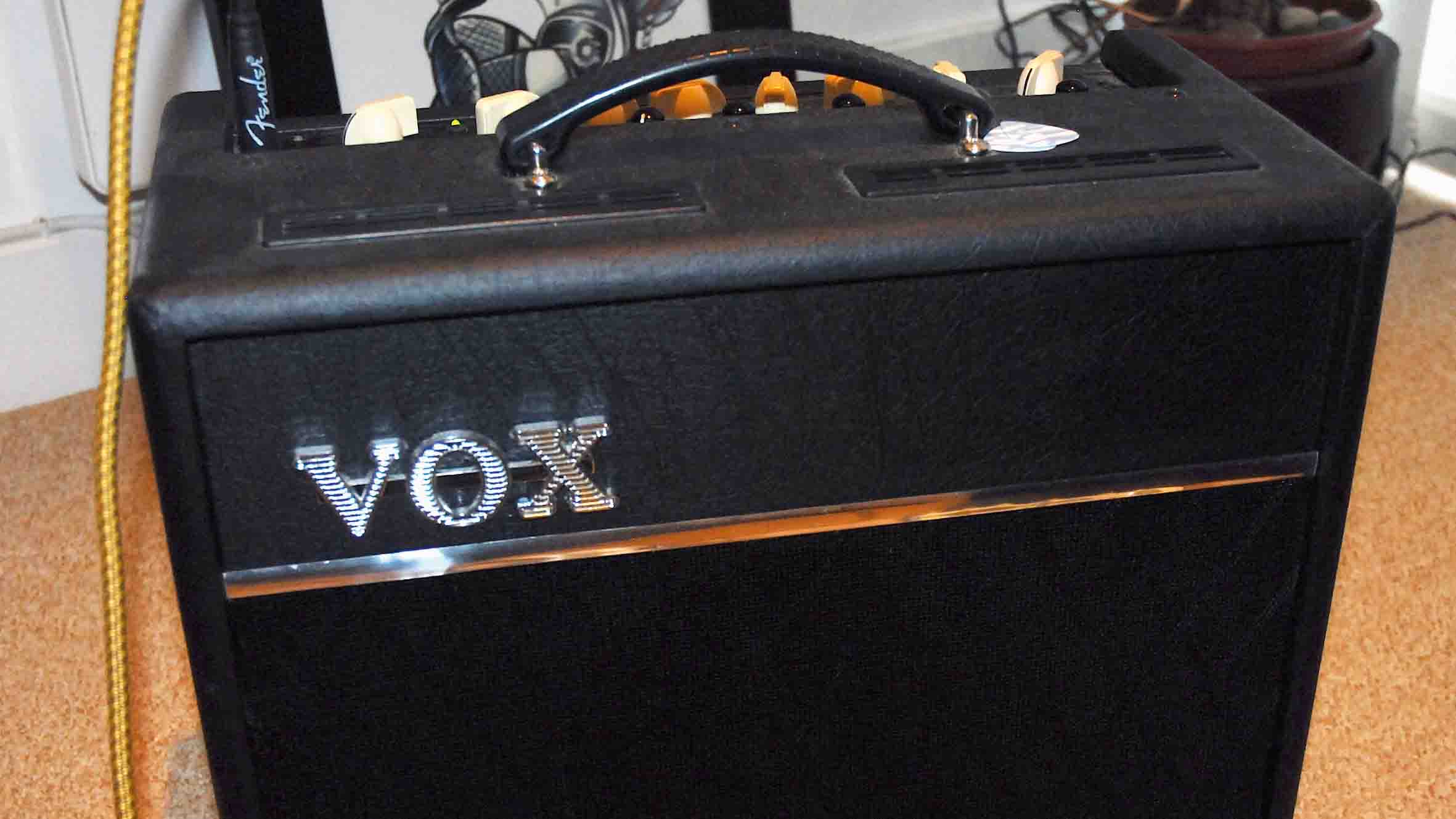
6. Be realistic
If you have a 10-watt practice amp at home, don’t test your potential purchase through a Marshall stack in the music shop. You need to know how good the guitar sounds with your gear.
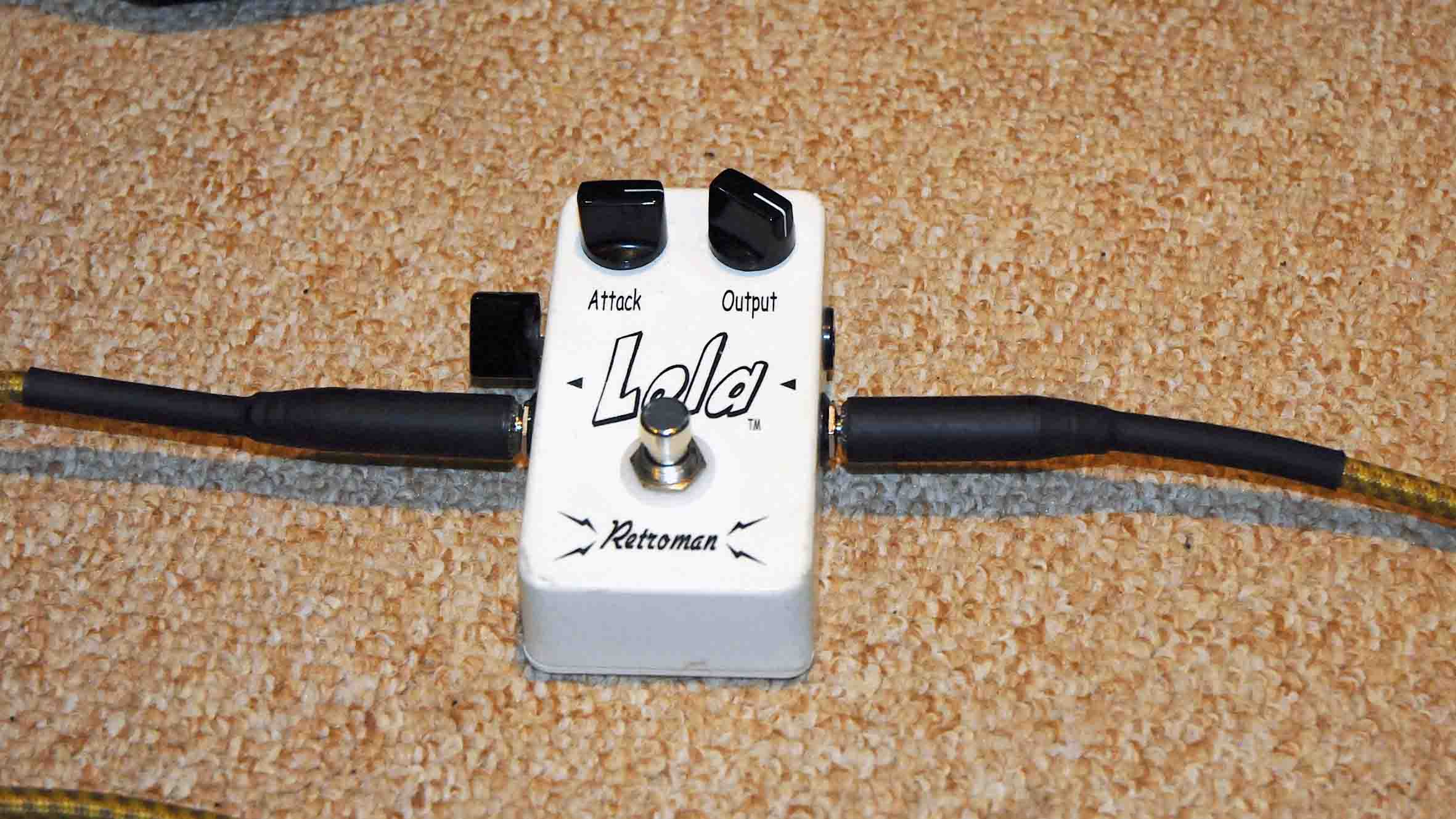
7. Get effected
It’s always a good idea to take your effects pedals with you when you’re trying out new guitars. Of course, let the sales staff know that you have them to save embarrassing shoplifting accusations…
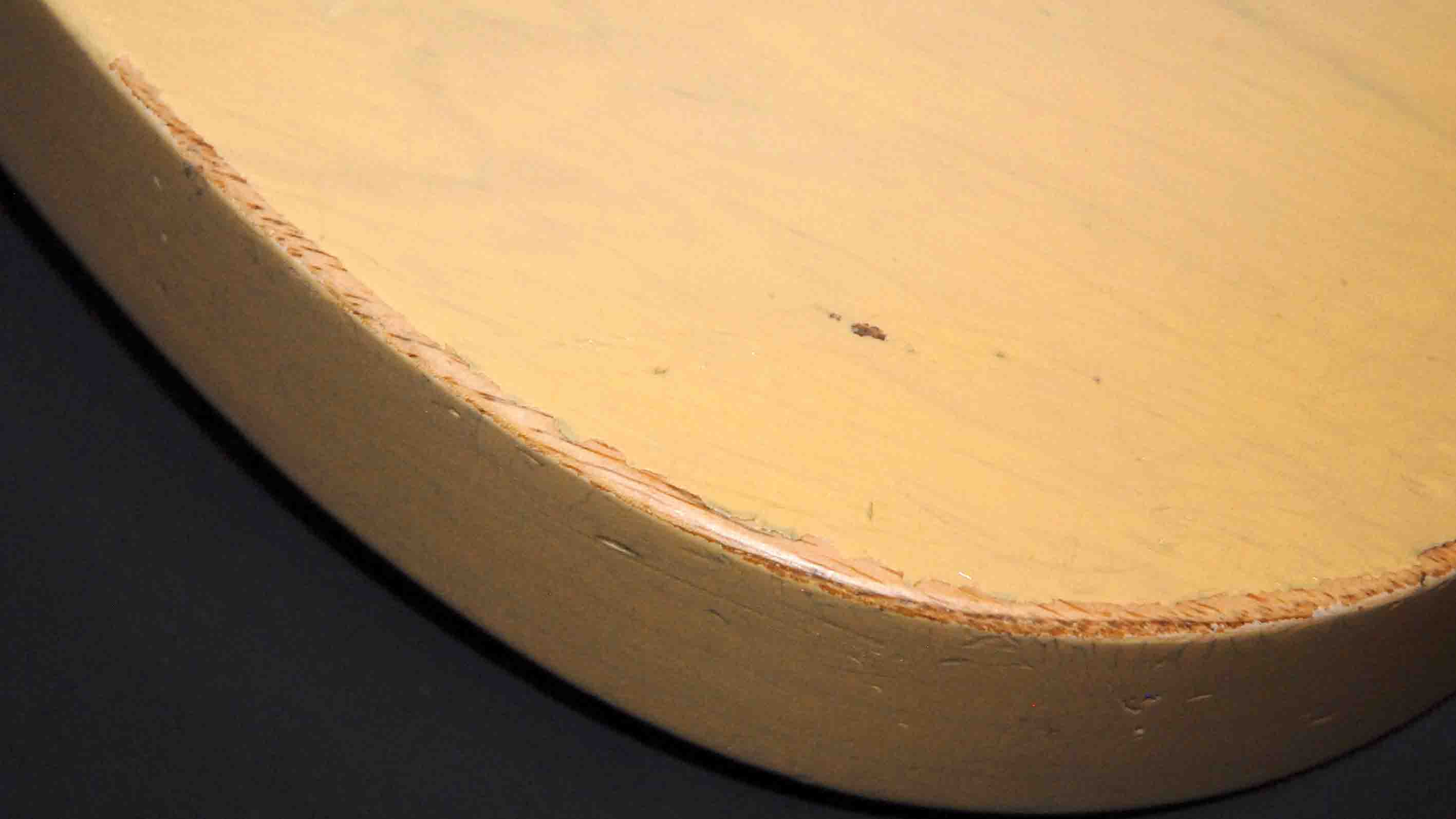
8. Inspect the body
Give the guitar a good looking over before you part with your money. Make sure that any bumps, dents and scratches are meant to be there (like on our relic’d Esquire). If not, bring them up.
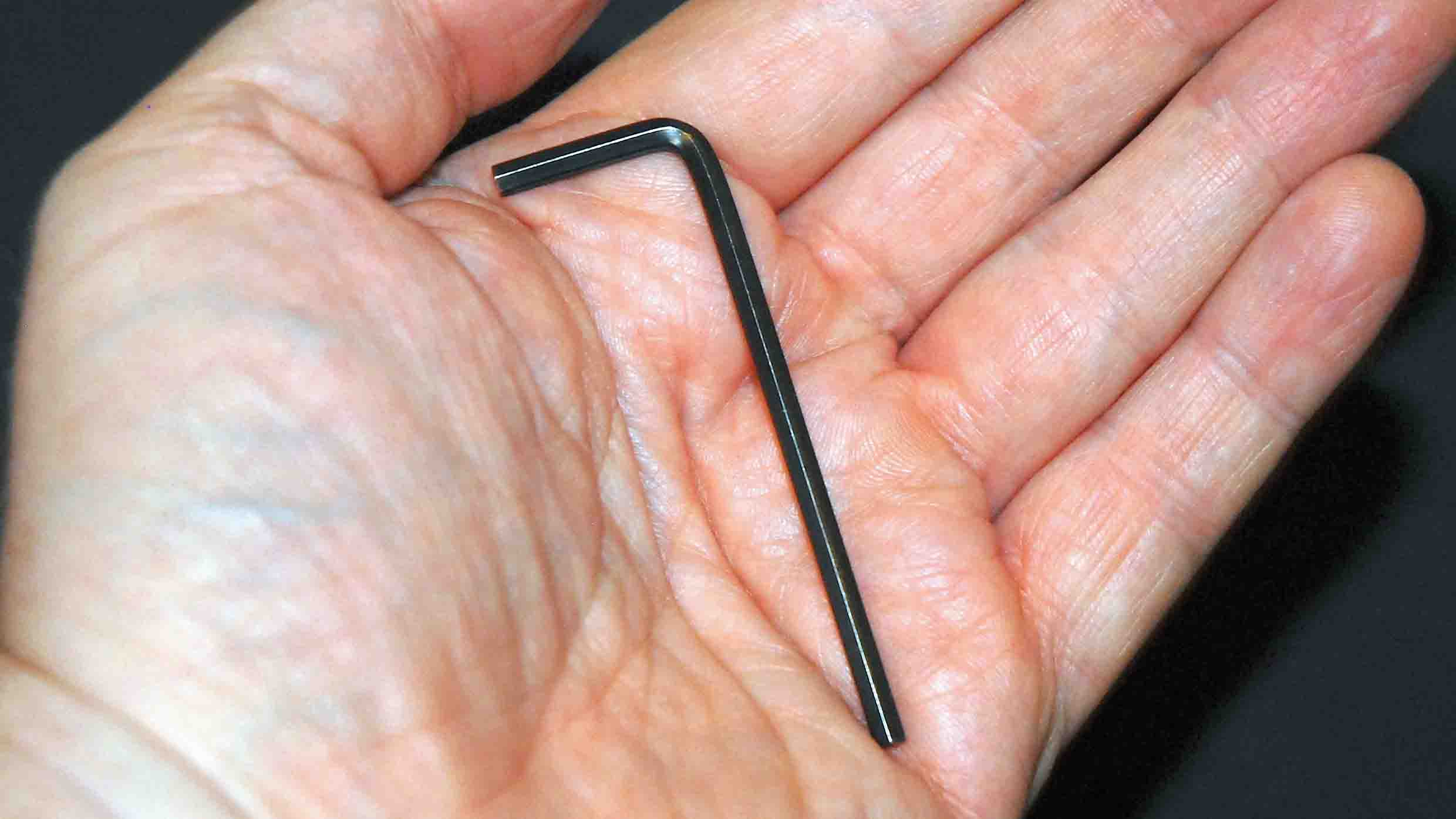
9. Tool up
All guitars come with included tools. Often that’s just an Allen key for the truss rod adjustment. If it’s an acoustic guitar, you might get some plastic shims to adjust the bridge saddle height.
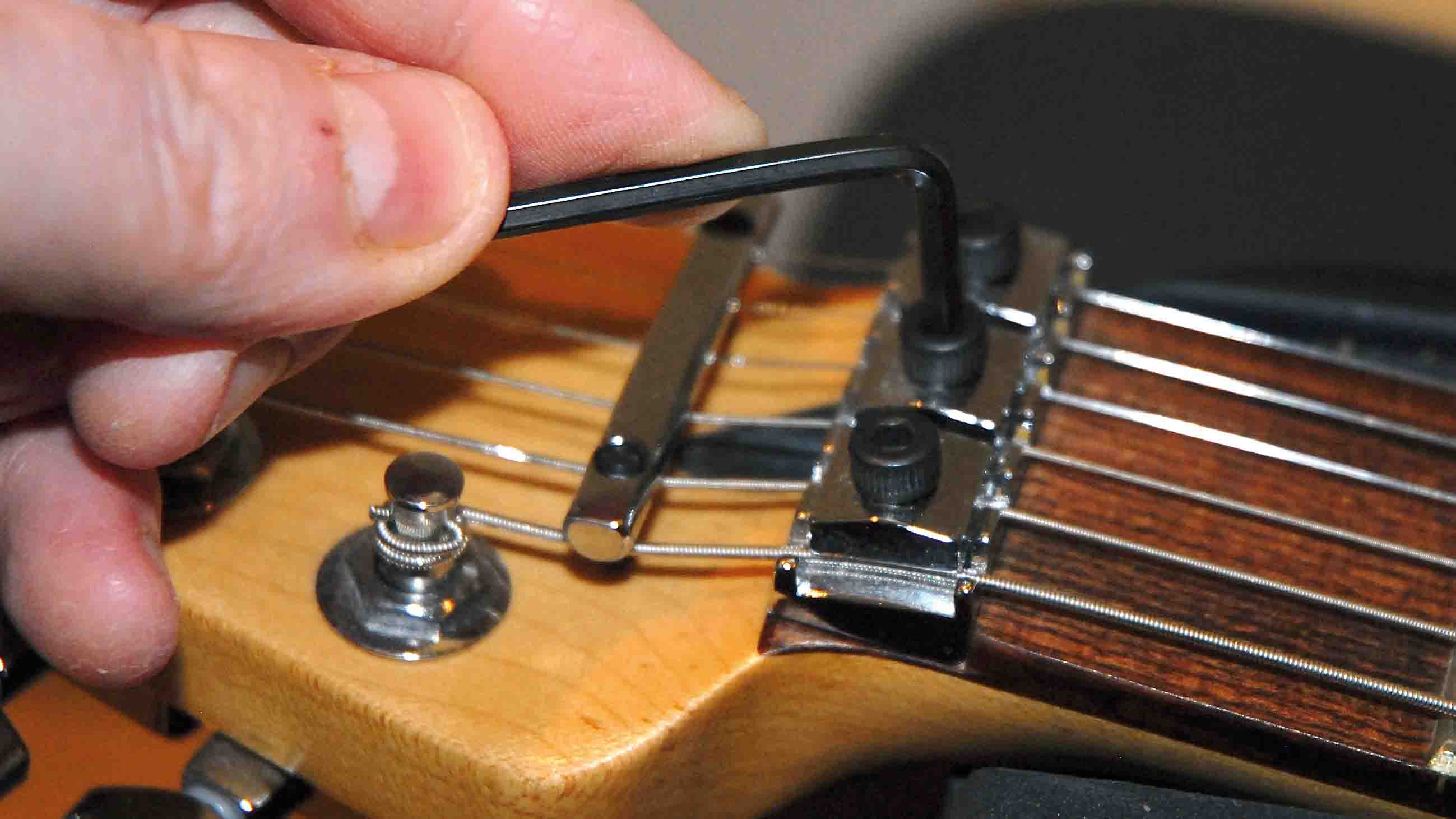
10. Get an Allen key…
If your prospective purchase comes with a locking vibrato, don’t leave the store without an Allen key for the locking top nut. Otherwise, you’ll be stuck when you want to change your strings.
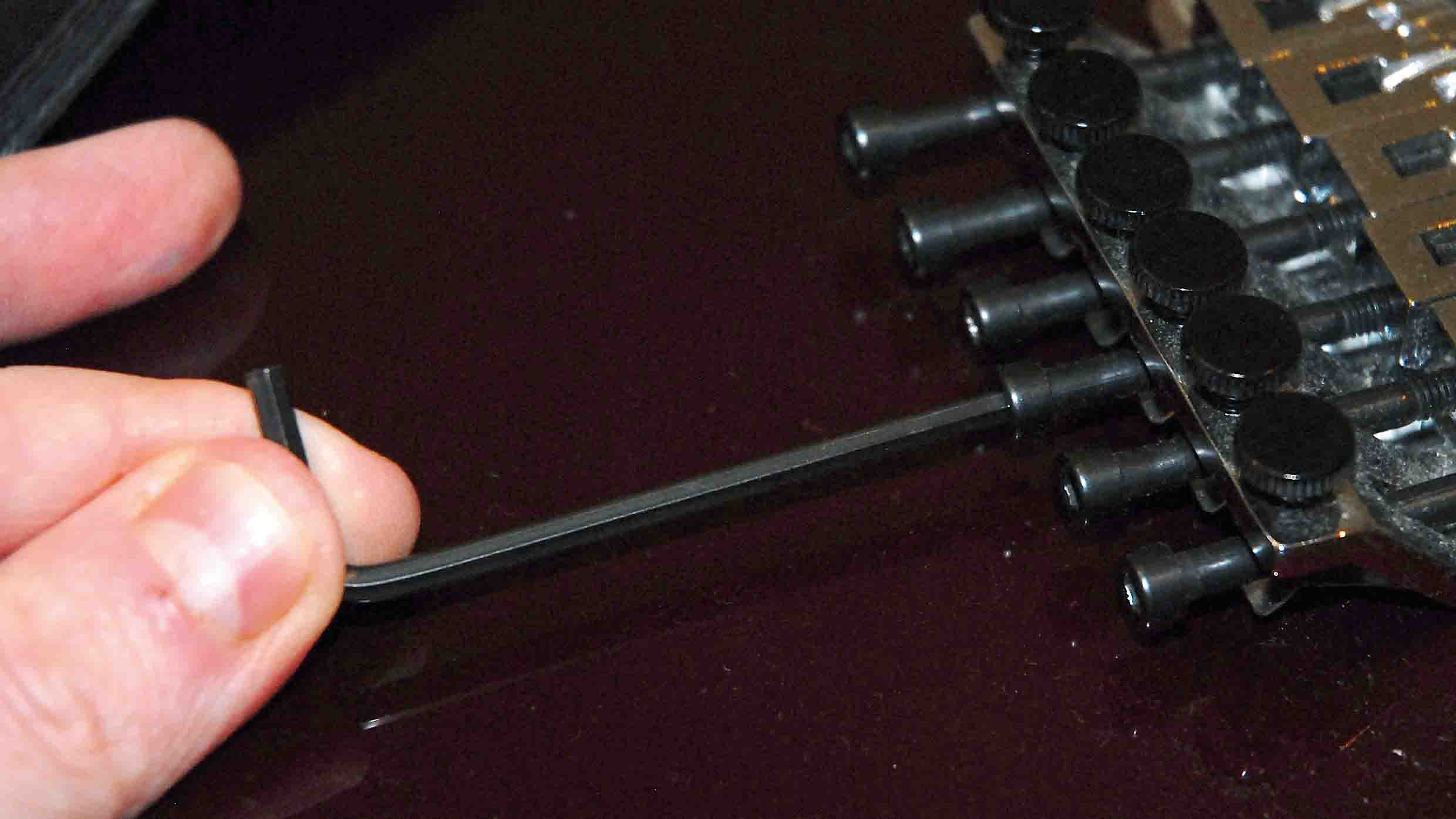
11. …and another one
The string clamp bolts on a locking vibrato’s bridge saddles are adjusted with the top nut key, but you’ll need a smaller key for the bolt that holds the saddle in place. Make sure you get that, too.
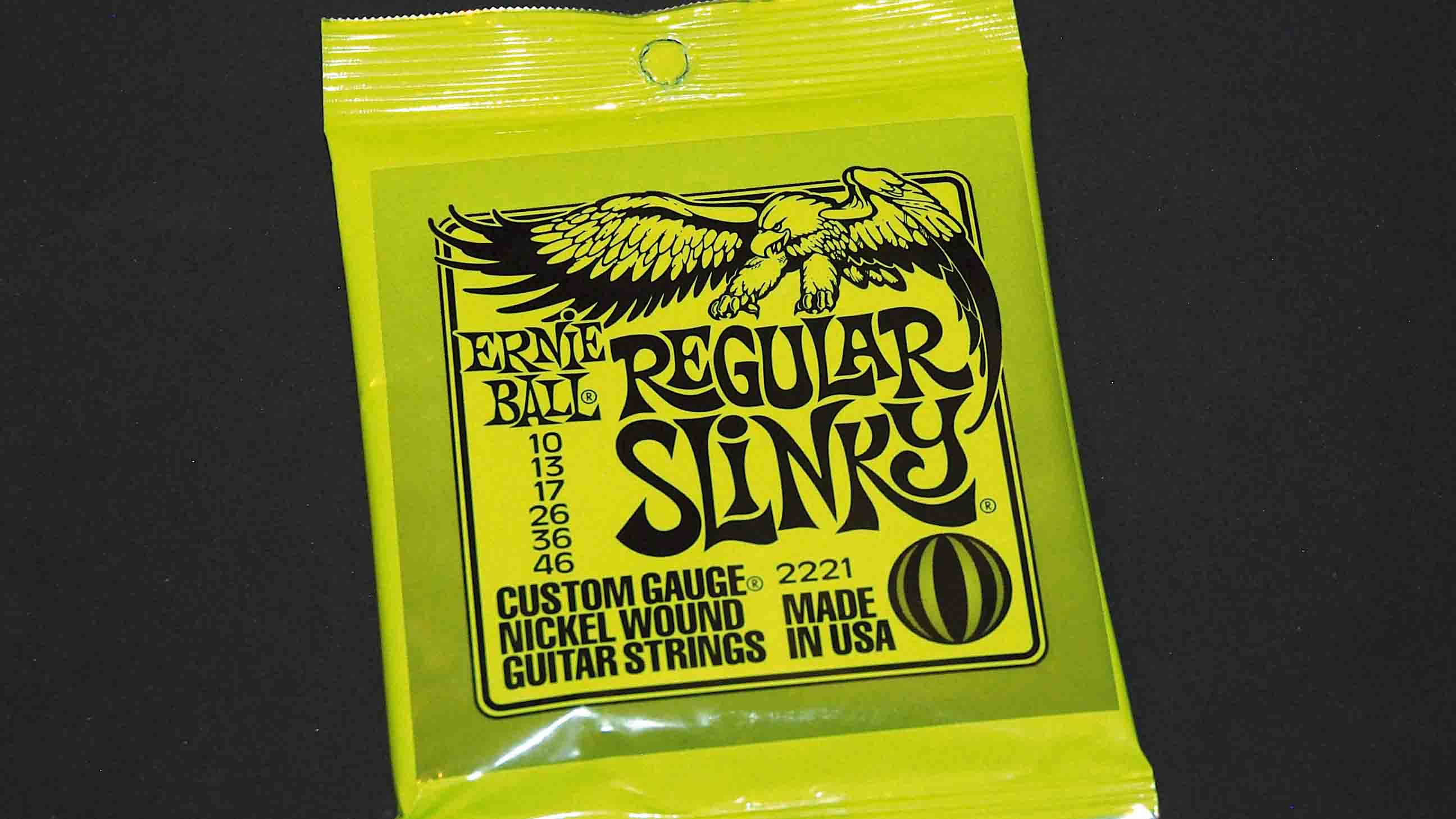
12. Read the small print
Finally, find out what your warranty covers. Don’t expect it to cover you for broken strings, but serious structural and electrical faults should be included. You need to know this stuff.